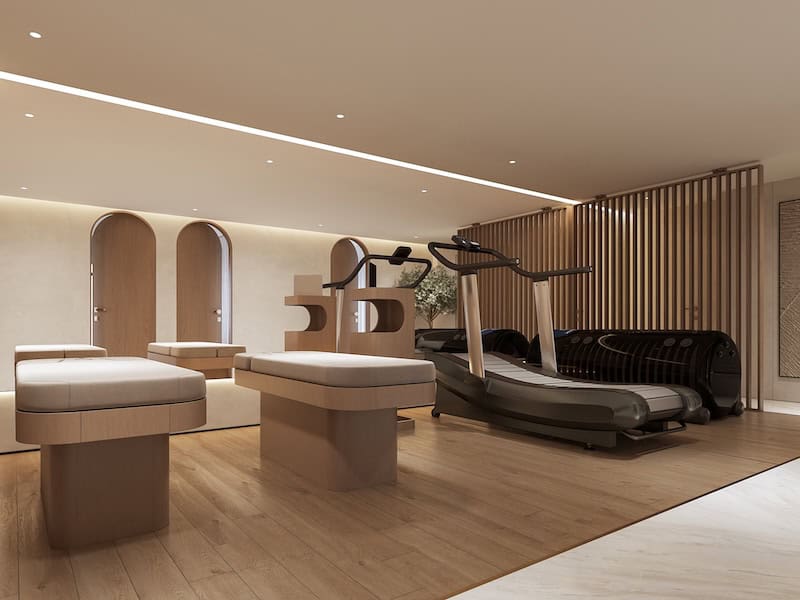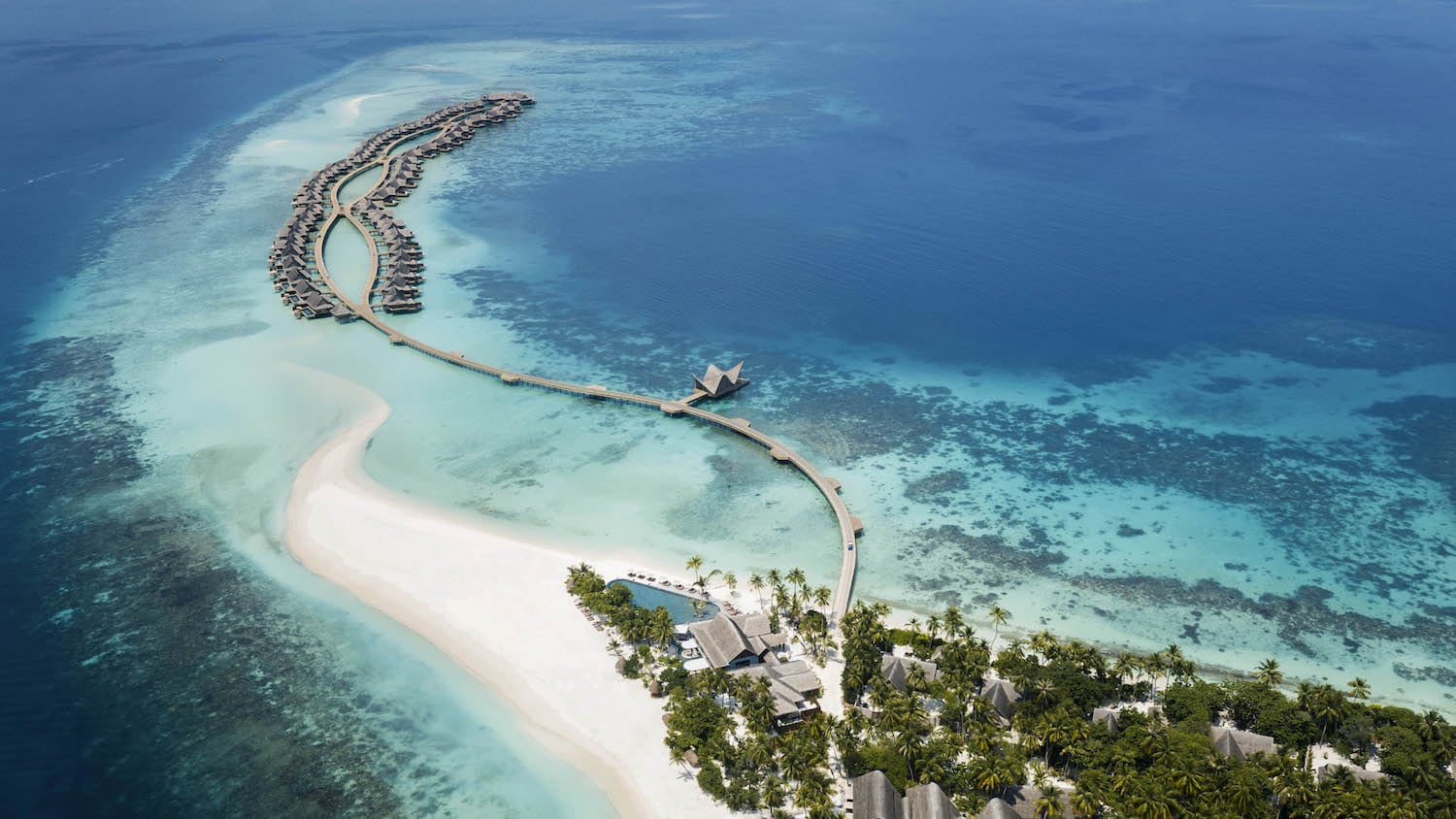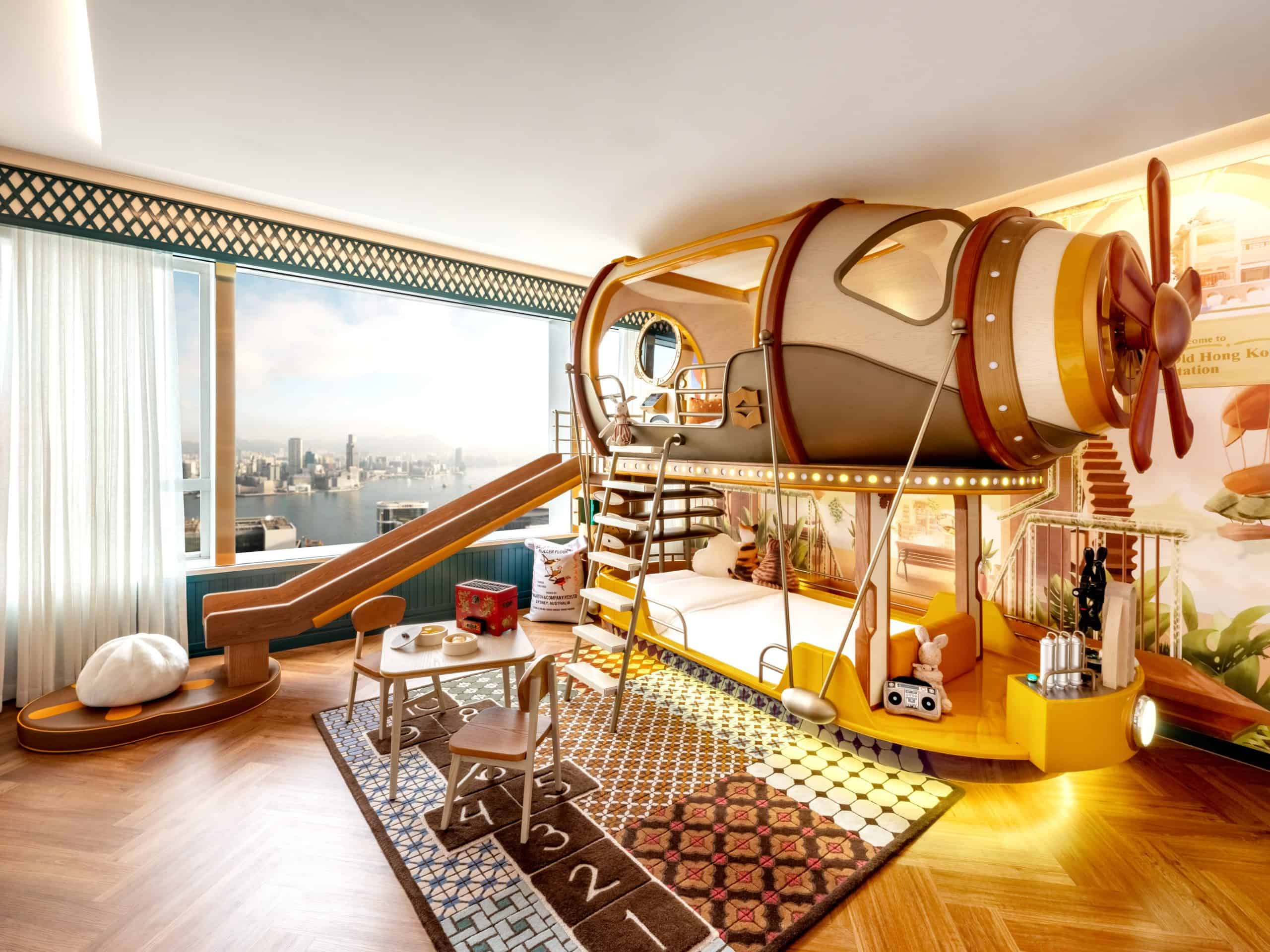Compare Retreats checks into one of the top hotels in Beijing for a wellness-oriented city escape …
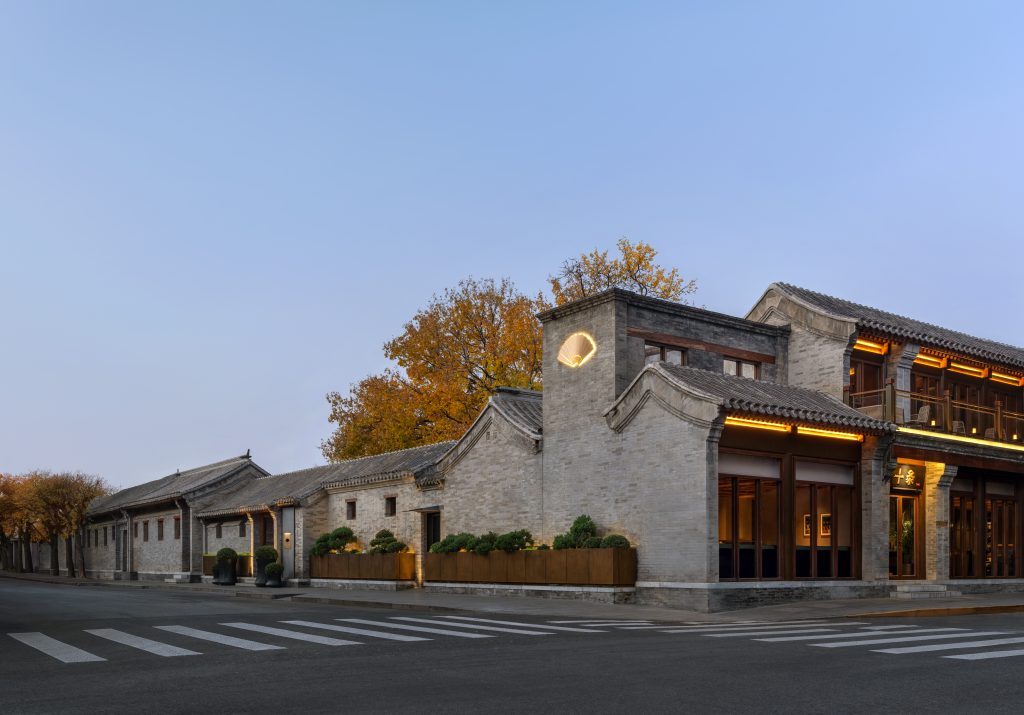
About The Property
Opened in autumn 2024, the Mandarin Oriental Qianmen, Beijing is considered to be one of the most important recent luxury hotel openings in Asia, and after staying at the property myself, I could only agree. As the second Mandarin Oriental hotel in China’s capital city, Mandarin Oriental Qianmen occupies a remarkable site in the Caochang Hutong within Beijing’s Central Axis, in the heart of the city. The hotel’s proximity to World Heritage Sites such as the Forbidden City and the Temple of Heaven enhance the cultural significance of the hotel’s location.
To complement this rich cultural backdrop, the hotel’s 42 exclusive rooms comprise individual courtyard houses scattered across eight characterful alleyways imbued with centuries of history and inhabitants’ stories. These unique hutong courtyard houses offer guests a complete immersion into traditional hutong life, bringing them a one-of-a-kind luxury hotel experience. Furthermore, the vibrant locale reflects an eclectic neighbourhood that includes ancestral homes, Ming dynasty guild halls, a traditional tea house, and more.
See also: Aman Nai Lert Bangkok Opens With One Of The Largest Wellness Spaces In The City
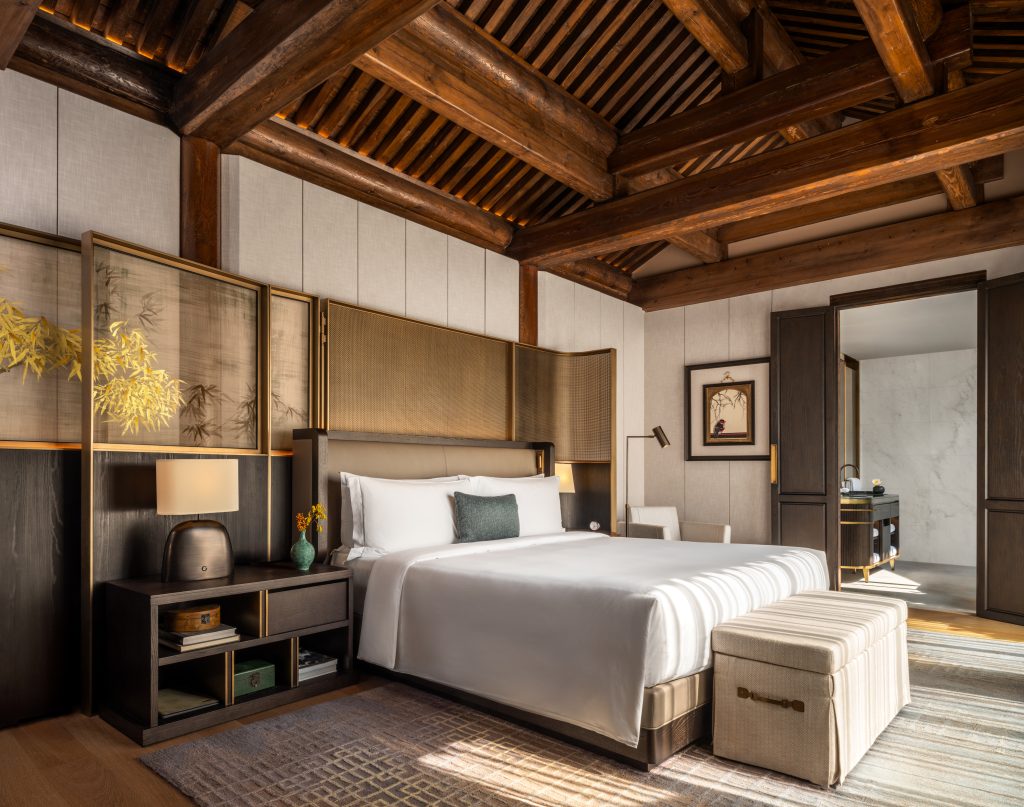
Accommodation
Exquisitely designed, spacious, and private, each of the hotel’s 42 courtyard houses (siheyuan in Chinese) is an independent residence that offers the ultimate hospitality and cultural experience. Prevalent and iconic in Beijing, these traditional and typically square siheyuan originating from the 13th century have houses that surround all four sides of a courtyard. I stayed in a Grand Courtyard room in Alley 7, a spacious and impressive 2000 sqm house designed around a central courtyard, which offers picturesque views and plenty of natural light from all indoor areas.
With interconnected yet separate living and sleeping areas on opposite sides of the house, my room also has an independent tearoom—perfect for entertaining and relaxing. The colour palette of the interiors is an elegant and refined blend of neutral beiges and browns, with gilded and metallic accents for a luxurious touch. Furthermore, traditional Chinese elements and motifs are wonderfully crafted into the design; through artworks, objets d’art, as well as bespoke furniture. Architecturally, the original structural elements of the courtyard house are deftly integrated into the interior design—including the exposed ceiling beams, which have been meticulously restored to showcase the brilliance of traditional Chinese architecture. I especially enjoyed taking in the beautiful winter Beijing sunlight during various times of the day, from the comfort and quiet of my courtyard house.
See also: Embark On A Luxury Hiking Retreat For Sober & Sober-Curious Women In Moab, Utah
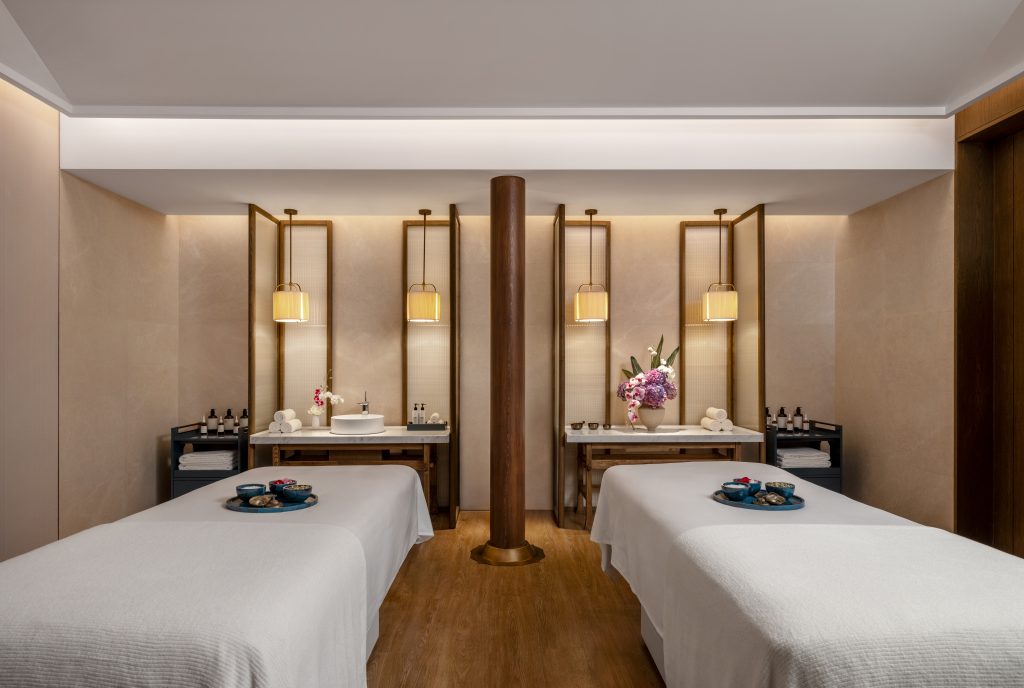
Wellness
The Mandarin Oriental Spa provides guests with an exclusive wellness programme in the heart of China’s cultural capital, integrating ancient Chinese wellness rituals and practices with pioneering facilities and customised treatments. Located in a private courtyard near the hotel’s main lobby, the spa offers a tranquil and serene environment for guests to relax and rejuvenate their mind, body, and spirit. The individual treatment suites, Qiyuan Healing Space, Tea House, and Fitness Centre ensure there is a wellness experience suitable for everyone. Whilst there, I was able to experience all of the spa’s wellness offerings, with each treatment supporting different aspects of my health journey. The diverse treatments are shared below.
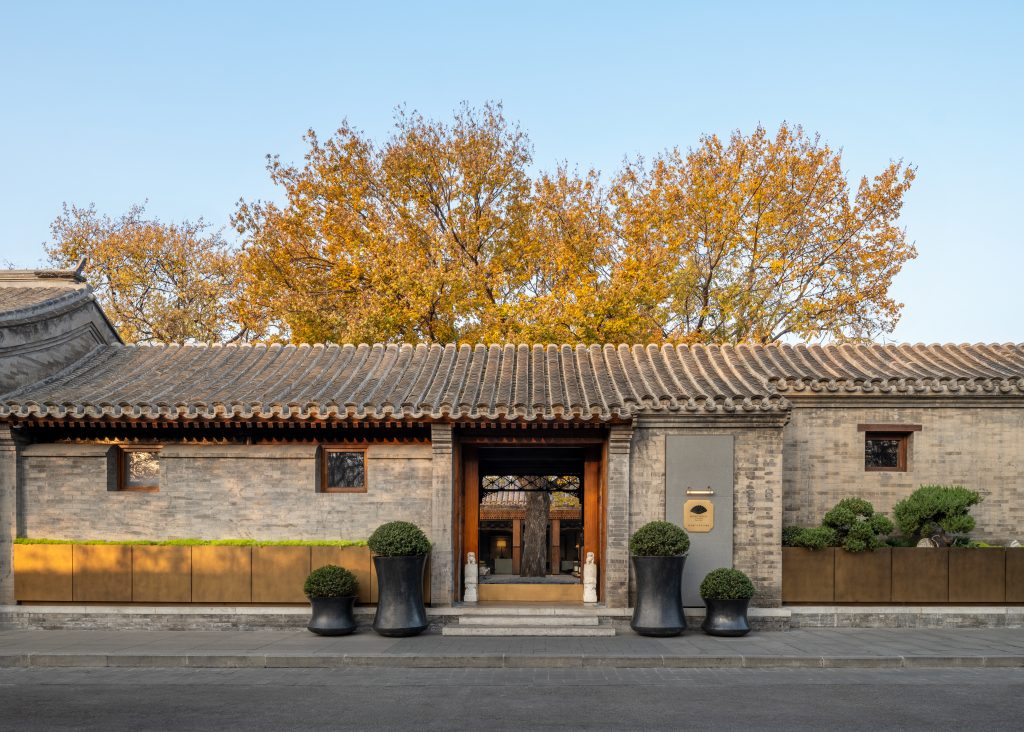
Tea Ceremony
To settle and relax my mind and spirit, my wellness programme on the second day commenced with a 45-minute session at the Tea House. The ceremony was led by Lawrence Wu, a tea master with profound knowledge of Pu’er tea, a traditional fermented black tea produced in the Yunnan province of China. Pu’er tea has a multitude of healing benefits; from promoting cardiovascular health, to aiding digestion, as well as supporting the immune system. Pu’er is one of my favourite teas, and I selected it for my tea ceremony, where Lawrence thoughtfully brewed the tea for us to savour together. This provided a calming environment for me to slow down, contemplate, and appreciate the simple joys of life and human connection. I thoroughly enjoyed conversing with Lawrence, where we shared our musings on life and personal stories.
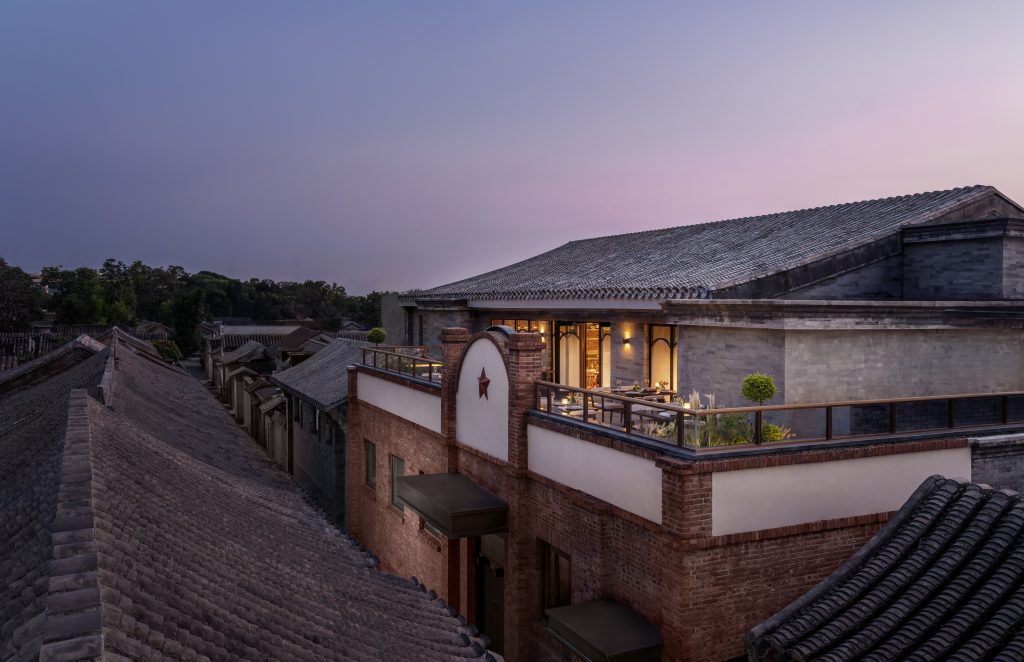
Spa Treatment
After the tea ceremony, I was led to my private treatment room through the spa’s peaceful courtyard for my two-hour Time Rituals session, a signature Mandarin Oriental Spa treatment. I opted for a deep tissue massage, and selected a rich detox oil blended with turmeric and Indian ginseng, from aromatherapy skincare brand Subtle Energies.
Tailored to my individual needs, my therapist Abby’s acupressure techniques and restorative head massage were just what my body needed. Post-massage, I was given specially designed mini guides containing acupressure techniques and stretching tips, for me to continue my wellness routine back home. To round off the session, I returned to the tea house afterwards to rest in the lounge, where I was served a healthy and nourishing Chinese snow fungus and pear soup that is rich in amino acids, boosts the immune system, and hydrates the skin.
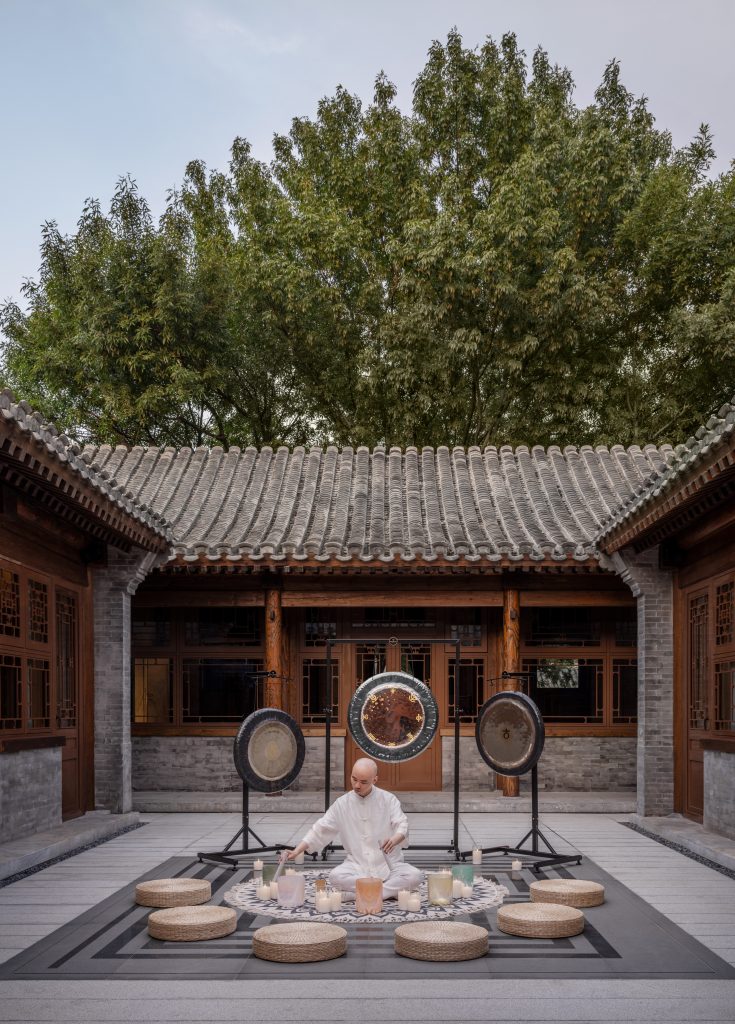
Gong Bath
On the final day, I had the wonderful opportunity to experience Spencer Chen’s healing gong bath. As a veteran in the spa industry, Spencer brings over a decade of experience in massage therapy and sound healing to his work. During the session, my body, mind, and spirit were enveloped by the purifying sound vibrations of the gong, where Spencer simultaneously integrated energetic healing into my treatment.
Unlike previous gong baths that I attended, where I often felt overwhelmed and unsettled by a variety of strong gong vibrations in one session, Spencer’s unique style maintains a steady sound and vibrational frequency throughout. This technique allows the sound vibrations to fully permeate into my body on deep cellular level. Around 15 minutes into the session, I had felt a noticeable shift in my energy and being, which was followed by an emotional release. After the powerful session, I felt that I had completed an energetic cleanse, with my mental, emotional, and spiritual states rejuvenated and elevated.
See also: Mandarin Oriental Shenzhen: A Serene Wellness Escape

Dining
The hotel has various dining venues that offer guests a variety of Chinese and Western gourmet options from day to night.
The Chinese fine-dining restaurant Yan Garden by Chef Fei is helmed by Michelin-starred Chef Fei, with a delectable menu of authentic Cantonese and Chaozhou cuisine. I enjoyed a tasting dinner menu here on the first night, where I savoured delicacies such as pan-fried lobster, braised threadfin and seasonal vegetables, all crafted from the finest seasonal ingredients.
On the Italian front, VICINI is a stylish and lively Italian bistro that serves a breakfast buffet, lunch, and dinner. Occupying the site of a former textile factory, and with an outdoor terrace overlooking nearby hutongs, it is a popular all-day-dining destination for both hotel guests and locals. Led by acclaimed Executive Chef Ping Chow and Italian Chef Edoardo Luongo, the menu consists of creative Italian comfort dishes such as handmade pasta, handcrafted pizza, and sharing plates. During my stay, the chefs created special pescatarian-friendly menus for me, which included delicious entrée and pasta dishes prepared with sustainably sourced local seafood.
The cocktail bar TIAO is situated in a traditional hutong, and serves innovative drinks and upscale bar snacks in a sophisticated yet playful setting, with live DJ sets. The cocktail menu is influenced by the city’s characters and stories. For the health-conscious, there is an attractive menu of no and low-alcohol cocktails. From these options, I tried a sweet and sour cocktail called “Five to Ten”, which is inspired by the story of an ancient Chinese concubine’s cure of eating five to 10 tanghulu, a traditional Chinese snack made from hawthorn berries.

What Else I Loved
During my entire stay, I was very well looked after by my friendly and knowledgeable butler Josalyn. On the first day, Josalyn took me on a personal guided tour of the hotel and the hutong, where I learned about the history and stories of the Caochang Hutong, as well as the cultural heritage of ancient Beijing. This in-depth experience furthered my appreciation and understanding of the site’s traditional architectural practices, norms, and community values. On the next day, Josalyn kindly arranged tickets for my visit to the nearby Temple of Heaven, a spectacular and breathtaking masterpiece of Chinese imperial architecture.
See also: Mandarin Oriental Shenzhen: A Serene Wellness Escape
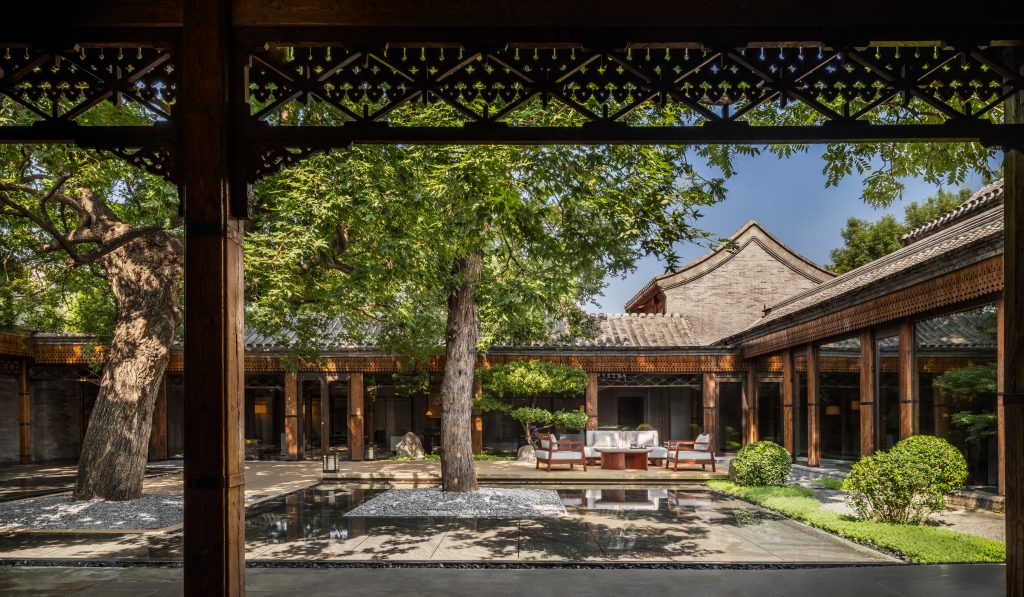
Final Thoughts
My stay at the Mandarin Oriental Qianmen was a truly magical and memorable experience. It’s one of the best hotels that I have ever stayed at. The hotel’s exceptional sense of place redefines the luxury hospitality experience in true Mandarin Oriental style, and celebrates the pinnacle of Chinese culture and architecture. As I write this, I am still feeling the beneficial results of the holistic wellness therapies, such as the Gong Bath, and I look forward to returning to try out their additional wellness offerings. The design of the courtyard houses reflects Beijing’s four seasons, and brings a different mood and aesthetic to each sojourn during different periods of the year, and I cannot wait to discover what my next visit to Mandarin Oriental Qianmen brings.

